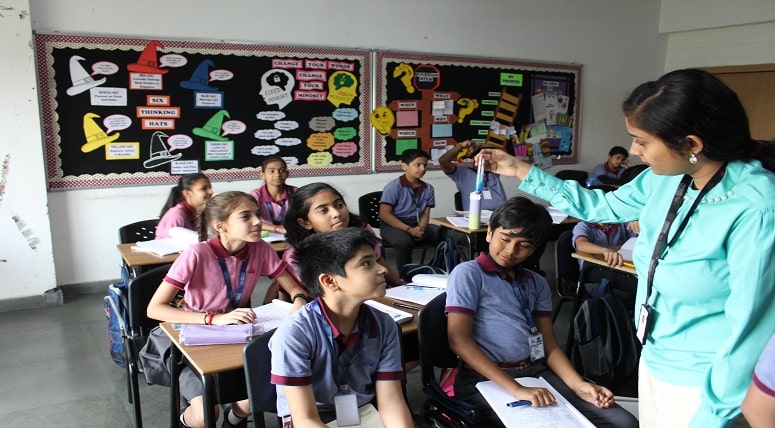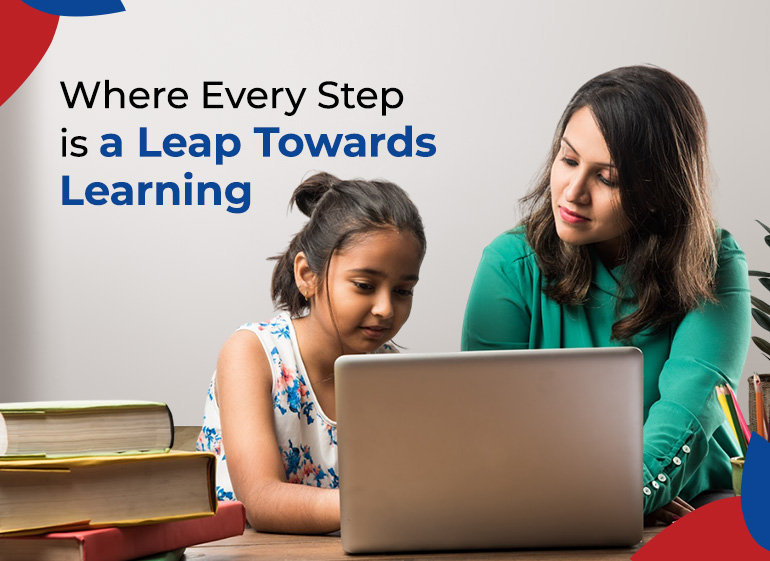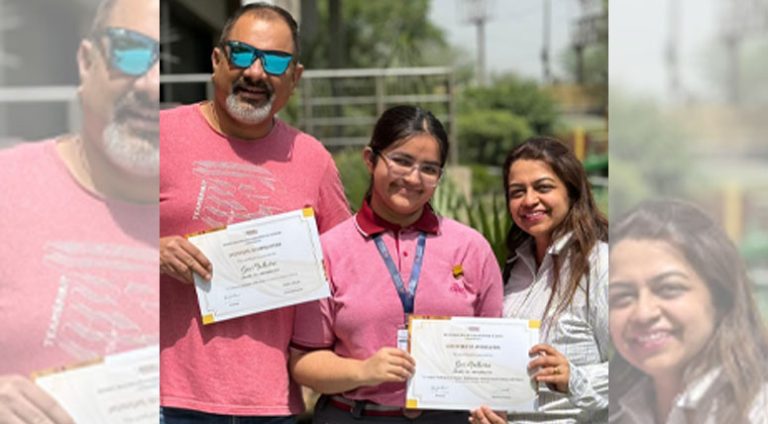Exploring Worthful Teaching through Worth Teaching


“What is worth teaching?” This insightful paper by Krishna Kumar had deeply inspired me during my B.Ed. What we bring to our classrooms, what we teach our children will have such a long-lasting impact in their lives and in society at large. It’s a question on which each of us educators- future shapers – must deliberate upon more deeply.
In a standardized school system, what we teach – our curriculum – is prescribed, set and standardized. How do we –the future shapers – then address this question? Are we not at a complete loss when it comes to Krishna Kumar’s revolutionizing idea of education? I believe not. The answer to his question in a standardized system is Worthful teaching!
- Do we spark a light in the eyes of students or are we the “next slot” in their life?
- Do we engage our learners? Or Do we complete syllabus?
- Do we limit ourselves to the book? or Do we go beyond?
- Do we just “teach”? Or are the children an active part of the learning process?
The answers to these questions in most likelihood should tell us whether or not our teaching is worthful!
As a science educator, I do try to keep my classes full of life and spark while giving space for individual expression. I try to make learning experiential where students participate, take ownership of what is being taught and carefully weave into worthful teaching the things they really need – collaboration, cooperation, creativity, appreciation, empathy – Things that are worth teaching.
If we look carefully even standardized curriculum provides us ample opportunities to carefully craft into them stuff worth teaching. For example, a science experiment of transpiration can stir the children to truly love, care and protect plants.
An activity to calculate the time period of a pendulum may actually turn out to be a lesson to work collaboratively – learning to work in a team of members who we may not like otherwise.
A self-initiated task such as making one’s own magnetic toy could help a child take more responsibility and be more creative.
The results of such classrooms are often amazing – outcomes so impressive that may not even be revealed in standardized tests. Nonetheless, we would have done our job – in fact, more than it – as future shapers. There’s a lot we must teach and it will only become worth if we teach it worthfully!
Written by :- Shruti Krishnan (CREST, Grades 6-8, MRIS, Noida)




